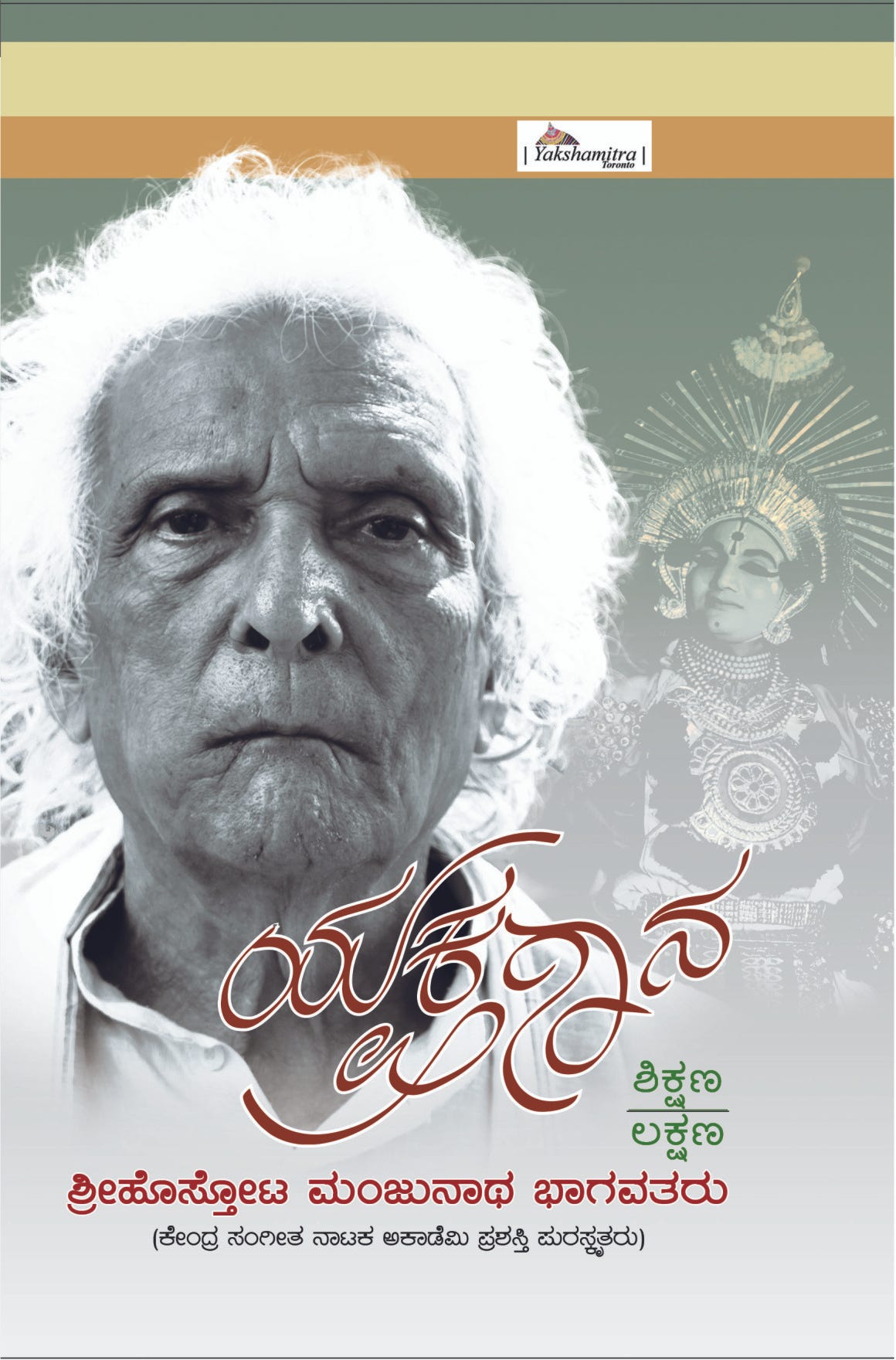excuse me for using an awkward looking phrase for the tittle: it is accurate. the production of a particular rhythm pattern needs a particular posture, when playing a drum. in this post i will use tabla and mrudanga two indian drums to talk about the ergonomics of rhythms.
tabla is kept vertically and played predominantly with fingers. mrudanga is keep horizontally and played with palm and fingers. when i tried to play aditala a rhythm of 8 beats on tabla, i found myself exhausted when a composition was half the way. there are two reasons. first, the tempo was too high, second, i felt i had to spend lot of energy against the gravity. This leads me to think that a mrudanga has better ergonomics for certain rhythm patterns.
tabla is kept vertically and played predominantly with fingers. mrudanga is keep horizontally and played with palm and fingers. when i tried to play aditala a rhythm of 8 beats on tabla, i found myself exhausted when a composition was half the way. there are two reasons. first, the tempo was too high, second, i felt i had to spend lot of energy against the gravity. This leads me to think that a mrudanga has better ergonomics for certain rhythm patterns.
(a third one more imortant than the two is i am inexperienced! other reasons are hindustani compositions have less tempo. karnataka compositions should get slower at least to give marudanga some room to improvise :) )
tabla has certain advantages when playing rela or the fast compositions. face of the forearm is horizontal to the ground when playing tabla allowing better control of fingers for a particular kind of movement useful for rela. the orientation of tabla has a significant effect of the quality of rhythm because of the ergonomics. a player will have to remember these factors to produce better rhythms. two most important things to remember are, as i see them, the angle palm makes to the horizontal line passing through the ink of the tabla and the angle of the drum head with respect to the floor. i can not speak for mrudanga but i am willing to bet that similar adjustments have to be made to mrudanga as well.
these are usually not taught. there are the things that a player has to learn by practice. However if these factors are more rigorously documented, a teaching mechanism incorporating these details can significantly reduce time required to learn indian percussion instruments.
[1] c v raman, the indian musical drums
[2] ergonamics of drums
[3] overview of Tabla
[4] evolution of hormonic indian drums
tabla has certain advantages when playing rela or the fast compositions. face of the forearm is horizontal to the ground when playing tabla allowing better control of fingers for a particular kind of movement useful for rela. the orientation of tabla has a significant effect of the quality of rhythm because of the ergonomics. a player will have to remember these factors to produce better rhythms. two most important things to remember are, as i see them, the angle palm makes to the horizontal line passing through the ink of the tabla and the angle of the drum head with respect to the floor. i can not speak for mrudanga but i am willing to bet that similar adjustments have to be made to mrudanga as well.
these are usually not taught. there are the things that a player has to learn by practice. However if these factors are more rigorously documented, a teaching mechanism incorporating these details can significantly reduce time required to learn indian percussion instruments.
[1] c v raman, the indian musical drums
[2] ergonamics of drums
[3] overview of Tabla
[4] evolution of hormonic indian drums


No comments:
Post a Comment
Please leave a note about what you think about this write up. Thanks.